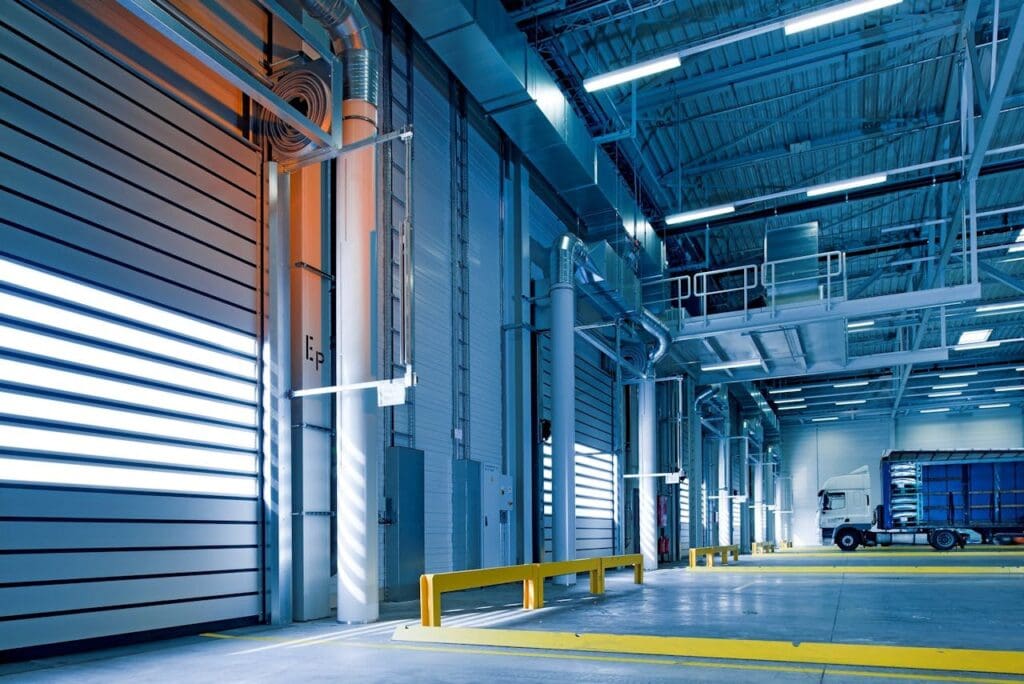Warehouses are designed to preserve and manage items of different sizes and scopes. But their operations go beyond these well-known activities. Whether it’s structural or operational, some facts are hard to ignore.
For example, some warehouses are massive, while others hold special items. Some have impressive catalogs and portfolios, managing a wide range of items. Depending on the business and processes, intriguing facts make things more interesting.
This article uncovers such facts, some of which you may not have come across. Keep reading!
#1 Warehouses Lead in Causes of Injuries
Slips and falls are some of the most common causes of non-fatal injuries in warehouses. That’s why many industry hires the best Atlanta’s warehouse cleaning service to get the job done without stress.
Research by the U.S. Department of Labor suggests accidents contribute to over 15% of all accidental fatalities. That includes 25% of all reported injury claims and about 95 million lost workdays annually. Generally, warehouses hold the top position across industries.
There are different causative factors, including slippery floors, bad lighting, and uneven surfaces. Spilled substances and poorly managed boxes also cause injury. A clean environment goes a long way to keep workers safe.
#2 Warehouse Hygiene and Cleanliness Boost Food Safety
Unsurprisingly, a high level of hygiene and cleanliness in food storage warehouses is important. It’s vital to prevent contamination and promote food safety. While bacterial growth may be slow, unclean environments can spread pathogens.
Managers often design regular cleaning schedules and sanitizing procedures. This keeps pests and other unwanted things away. Also, workers must wear gear to move food items and stay safe.
#3 The Tallest Clad-Rack Warehouses
Clad rack warehouses are masterpieces that will leave you in awe. They use racking as the foundation for the building. Think of modern skyscrapers, and these structures measure up, but feature in the warehouse industry.
A good example is EMS-CHEMIE AG, a Swiss-based company specializing in polymer materials and fine chemicals. They have an impressive state-of-the-art facility with fully automated industrial pallet handling systems. This means they can manage pallets up to 146 feet, offering storage for 12,800 pallets.
They’re one of the industry’s tallest clad rack warehouses built with strong materials. This includes 1,000 tons of steel, 500,000 screws, and 11 kilometers of supporting columns.
#4 The Largest Distribution Warehouse
The largest distribution warehouse the world has seen is located in Washington. It’s called the Boeing Everett Factory and has the largest usable volume, exceeding 470 million cubic meters.
The warehouse boasts an incredible 4 million square feet of floor space. It assembles, repairs, and transports components for Boeing’s iconic aircraft. Constructed in 1967, the thriving warehouse is
#5 Most Dangerous Spot in a Warehouse
The dock needs no introduction and is regarded as the riskiest area for workers. Information from OSHA shows that about 25% of all warehouse accidents happen in docks. Also, there are nearly 600 close calls for each injury.
Some of the dangers of loading docks include hits from trucks or forklifts and falling off. Also, staff can get hurt while moving heavy items. Even when not in use, open loading docs can be dangerous.
Drops are often at a reasonable height. But falling off can lead to severe injuries, especially when driving a machine. Chemicals from exhaust also pose risks to warehouse workers. These injuries have mostly led to workers’ compensation, lost hours, and low productivity.
Workers can stay safe with secure machines, vehicle restraints, and good lighting.
#6 Pickers Walk an Equal Distance Around the Moon
Pickers, picking associates, or warehouse operatives are charged with finding and gathering products. To do that, they have to walk around, sometimes covering large distances. They pack items or materials to meet customer orders.
Depending on the size of the warehouse, pickers may cover up to 10 or 12 miles per shift. That is the equivalent of approximately 22,000 steps or 2,400 miles a year. Walking from aisle to aisle, a combination of 100 works would walk over 240,000 miles.
Conclusion
Warehousing is an interesting industry. It’s a large one with many prospects, activities, and operations. There are many trends and innovations, but these facts stand out.
Safety is important, and as the industry grows, experts are seeking new ways to protect workers. A clean environment helps, especially with professionals involved. They can help to reduce casualties and avoid risks.
These facts are not just interesting; they emphasize the importance of warehouses.
The New Jersey Digest is a new jersey magazine that has chronicled daily life in the Garden State for over 10 years.
- Staffhttps://thedigestonline.com/author/thedigeststaff/
- Staffhttps://thedigestonline.com/author/thedigeststaff/
- Staffhttps://thedigestonline.com/author/thedigeststaff/
- Staffhttps://thedigestonline.com/author/thedigeststaff/


